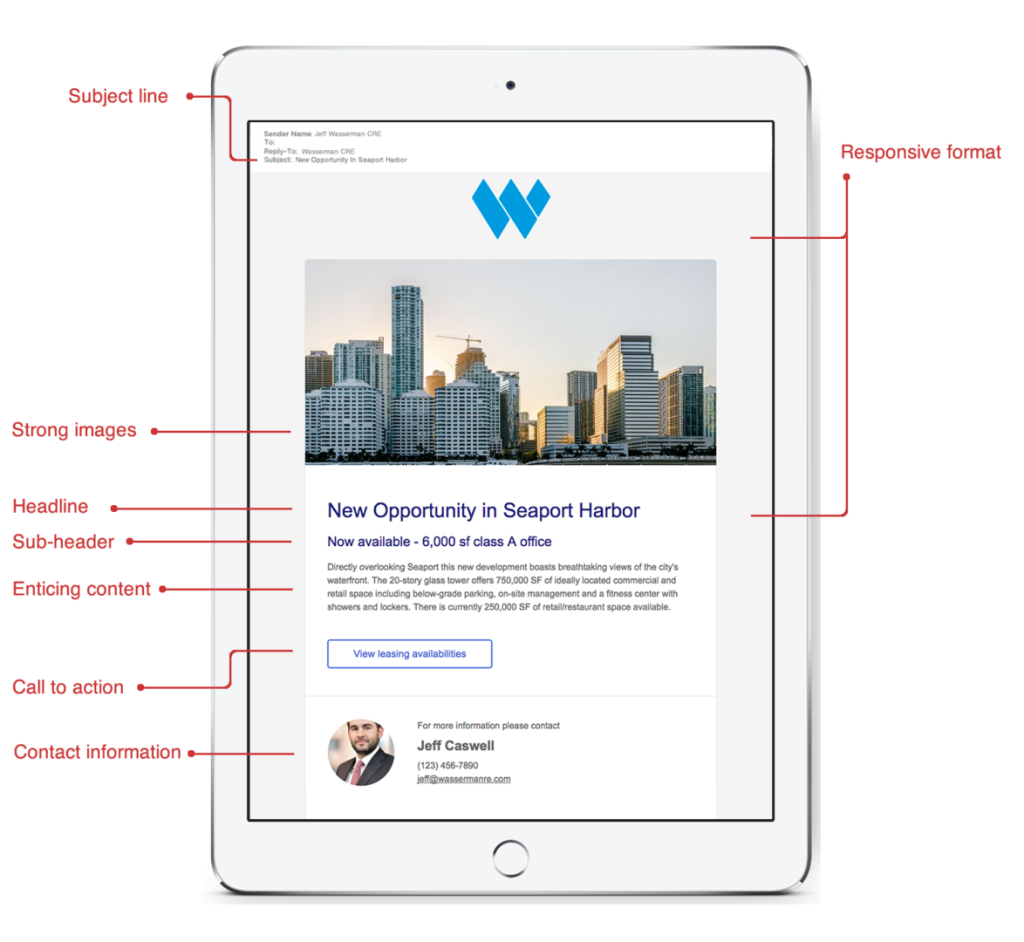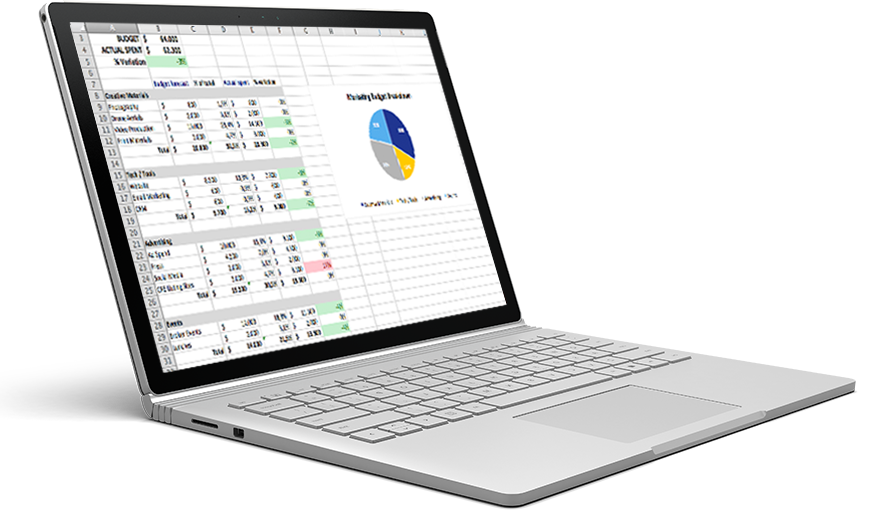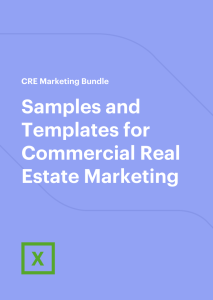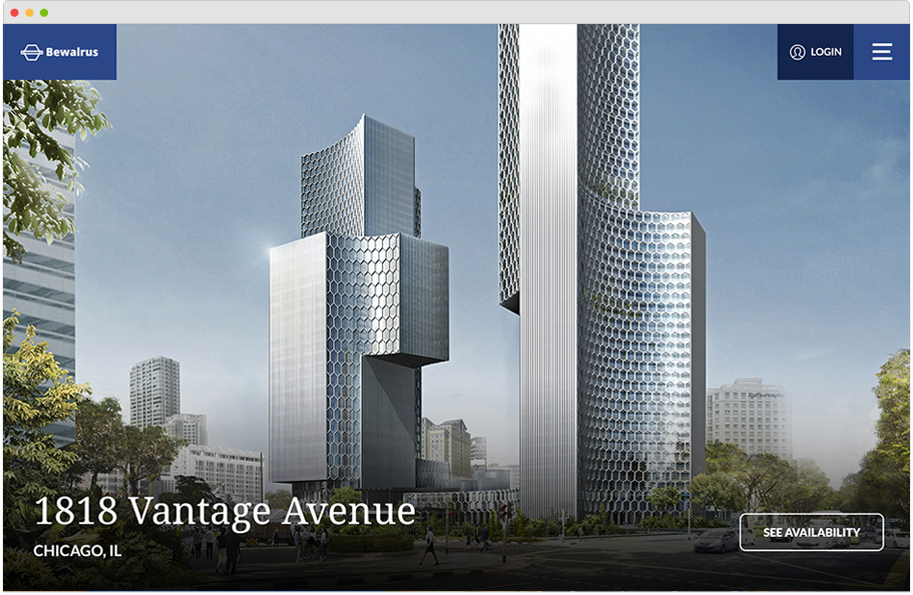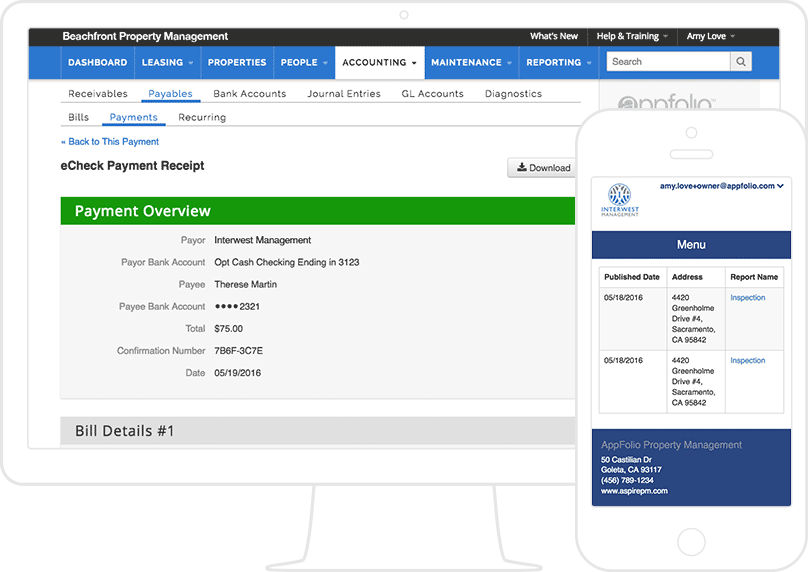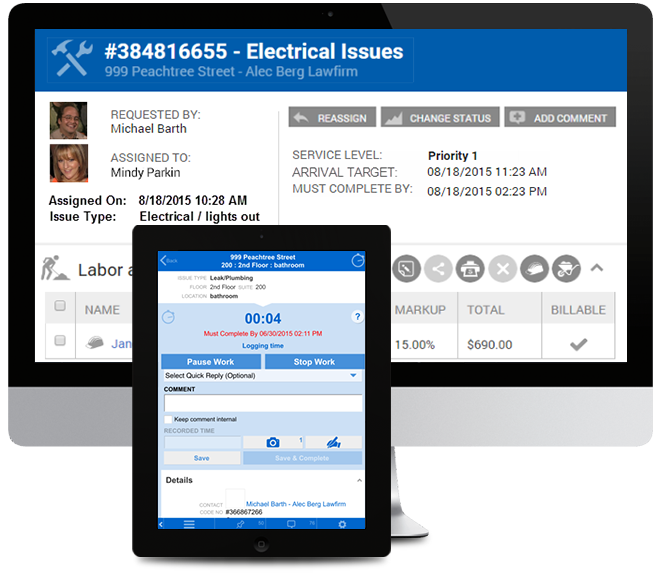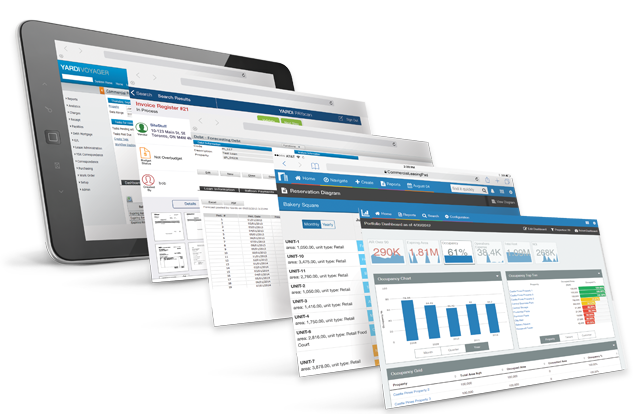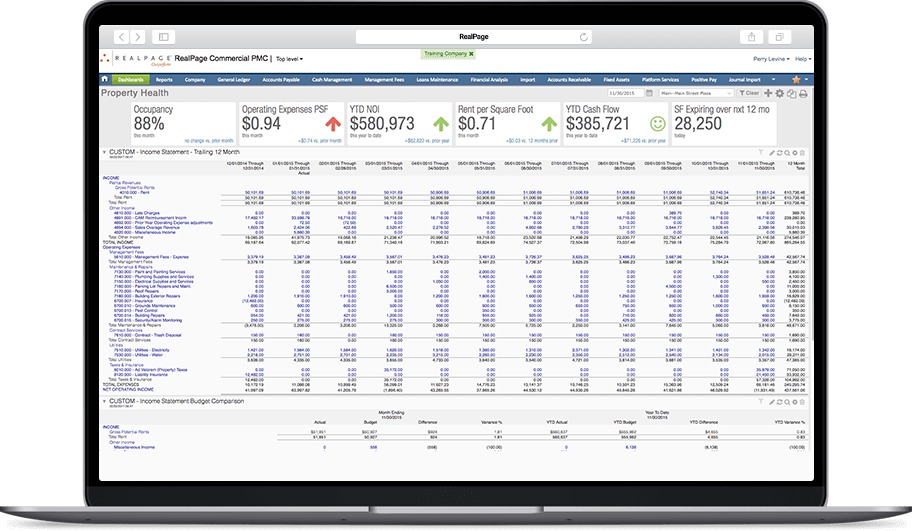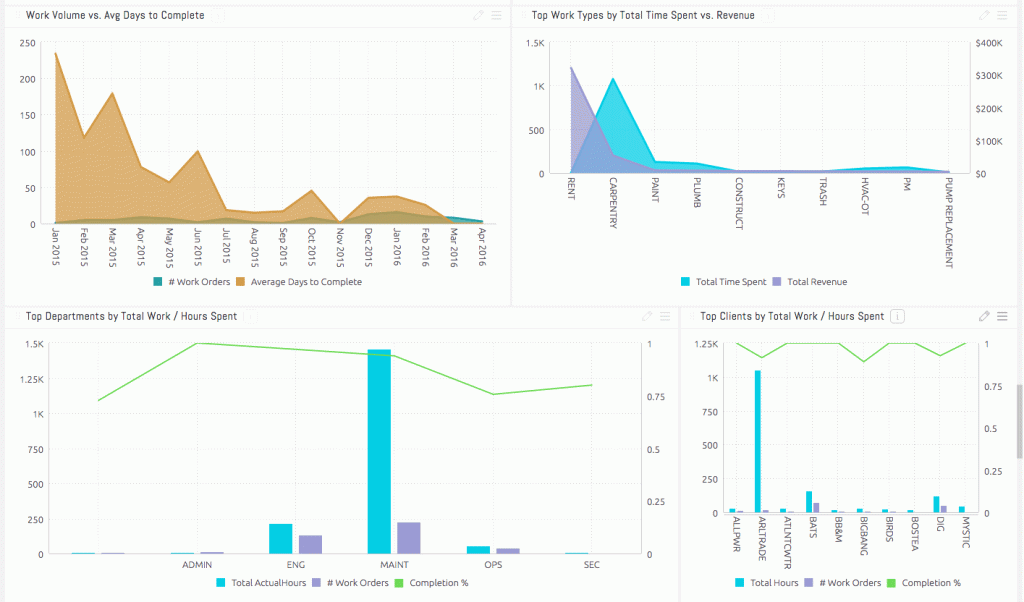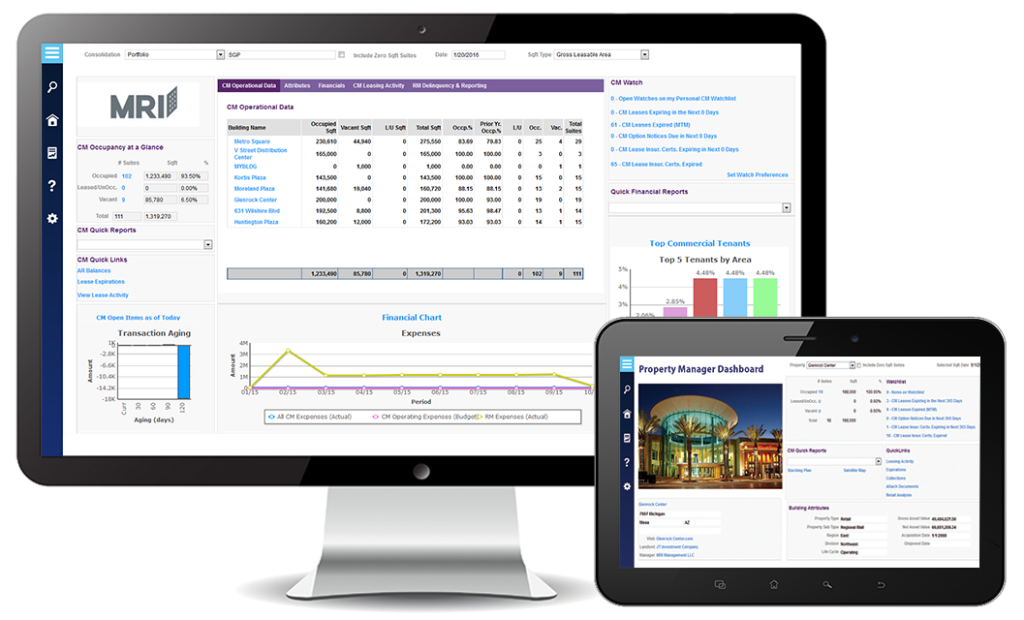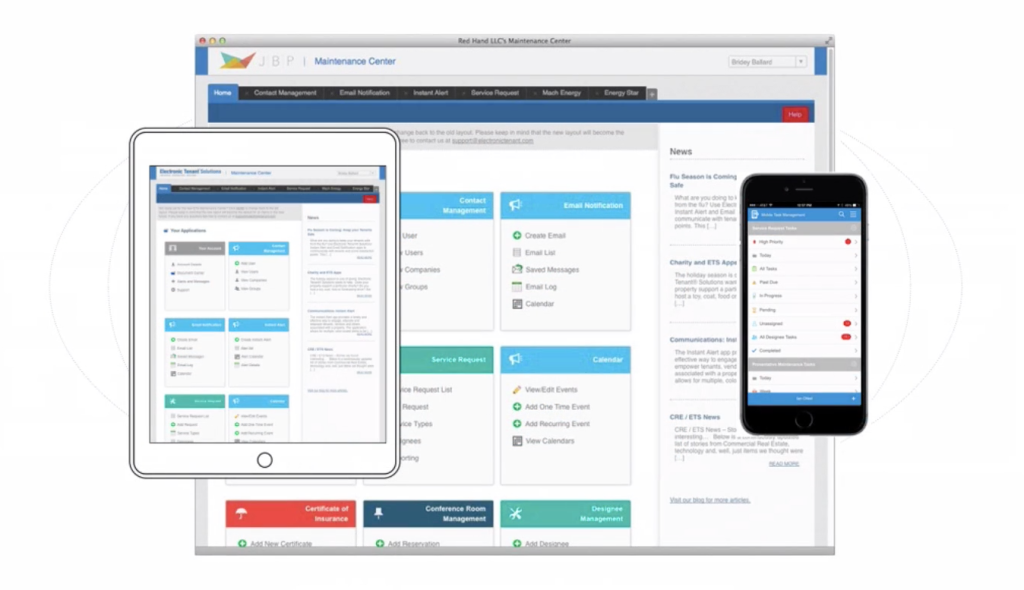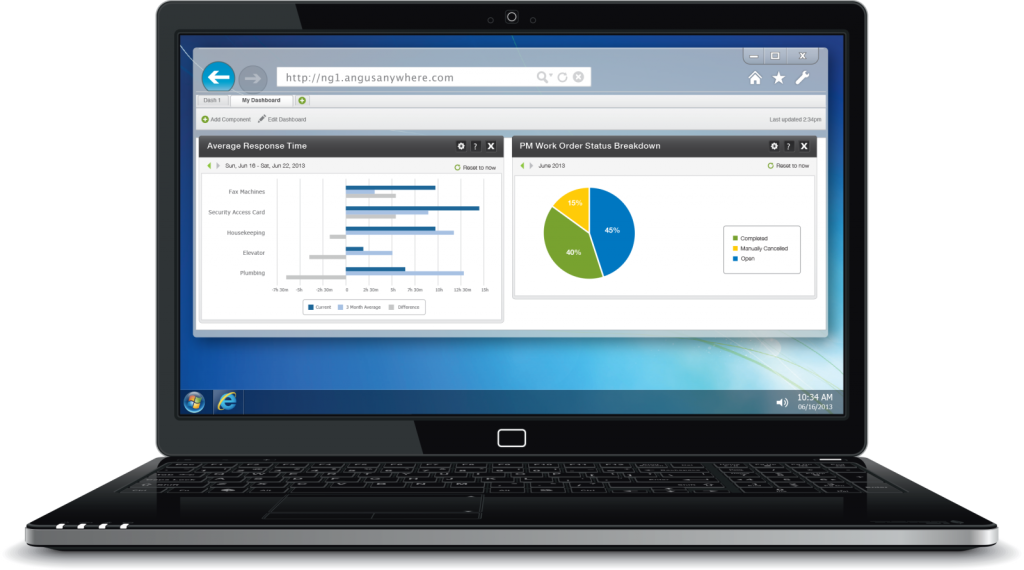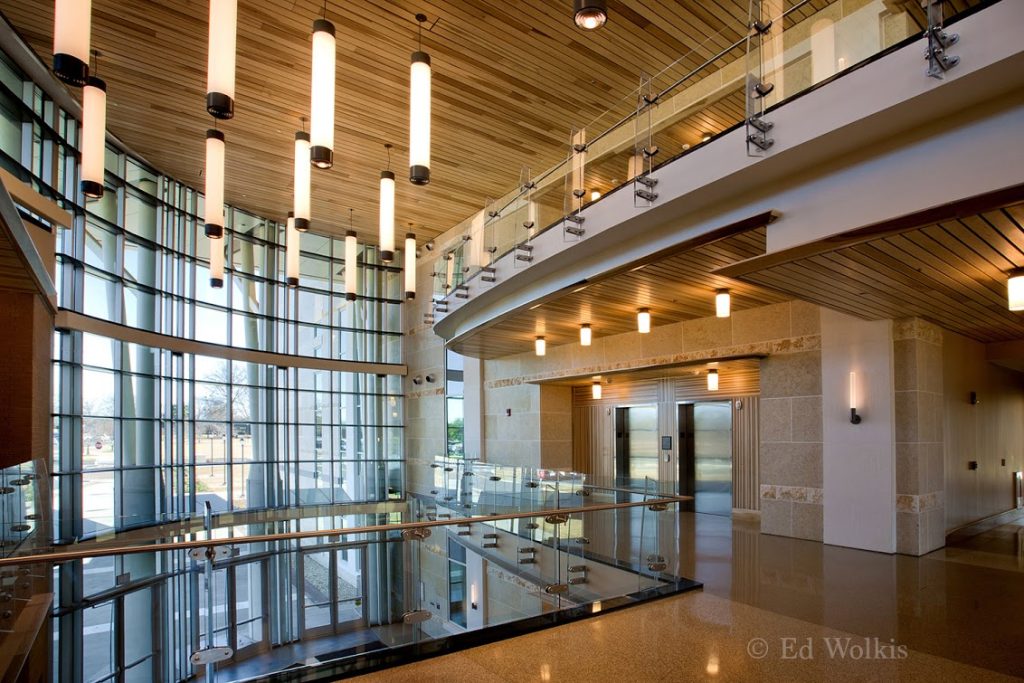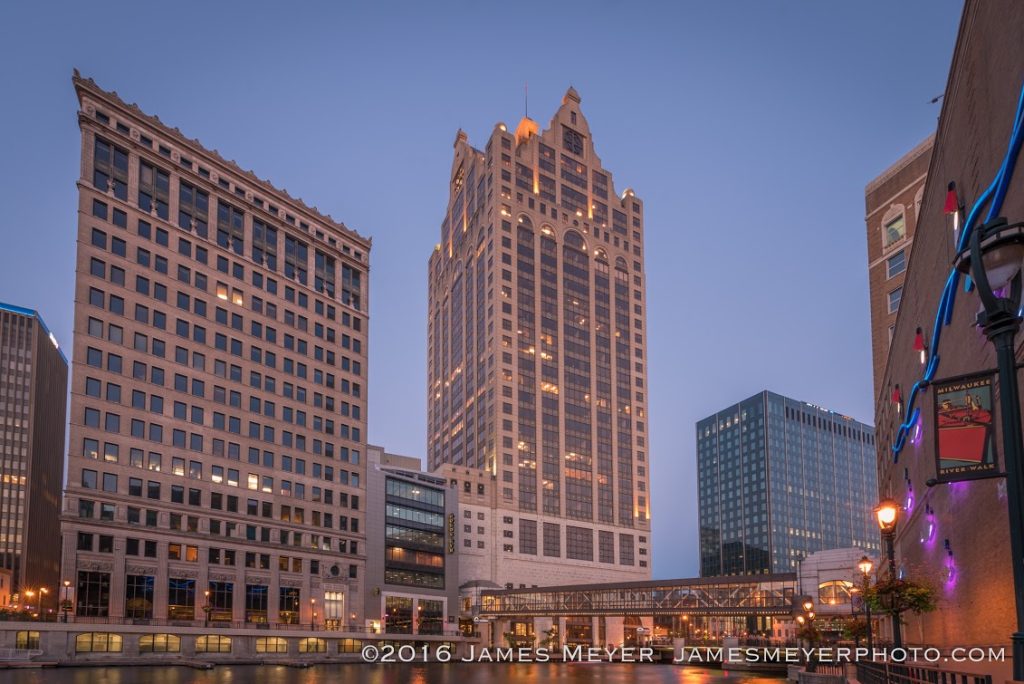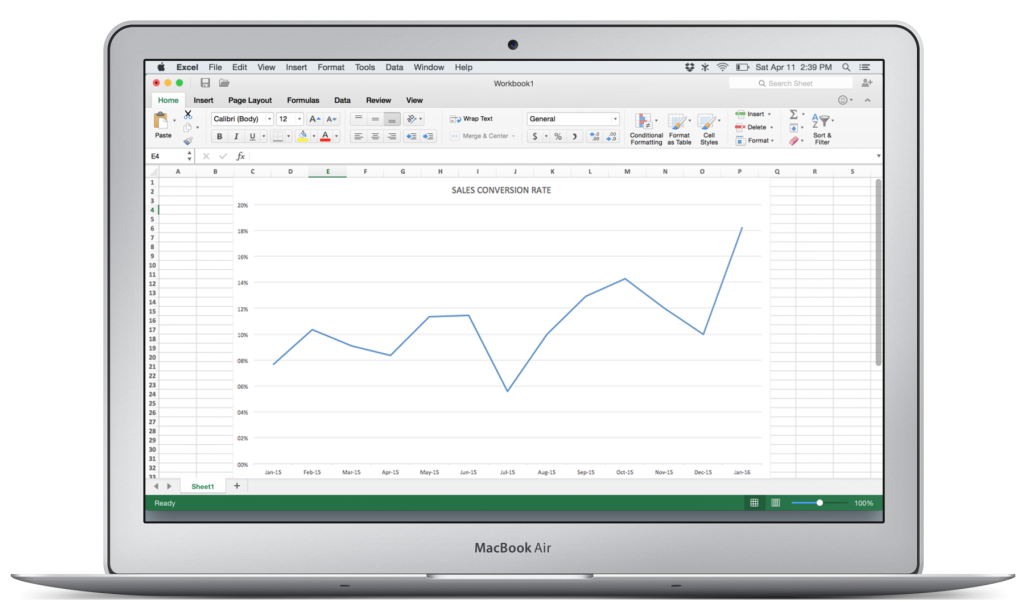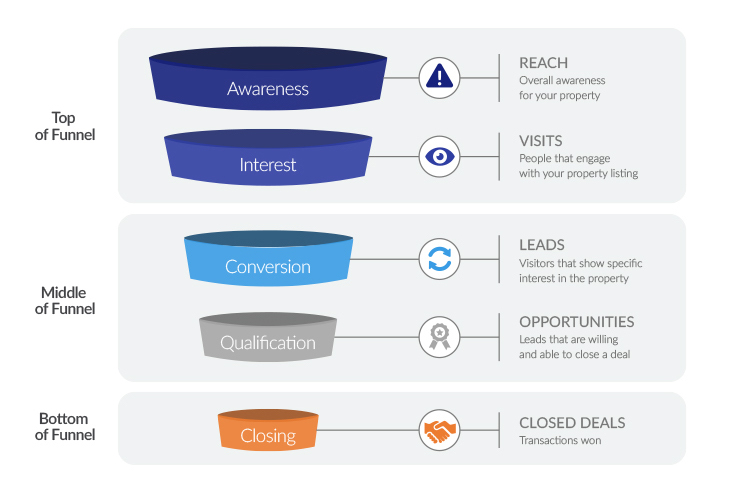Commercial real estate trade associations are a great way for CRE professionals to meet and learn from industry peers, build valuable relationships, and continue their professional education to help advance their career.
We’ve round up some of the most widely-respected and popular commercial real estate organizations that are consistently providing value to the commercial industry and facilitating important professional connections.
Below is a list of top 21 Real Estate Trade Associations you may want to consider to join in 2019.
1. International Council of Shopping Centers (ICSC)
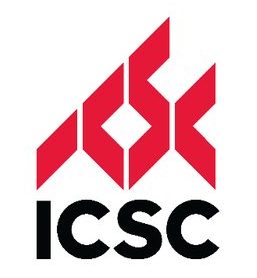
ICSC serves the global retail real estate industry and they provide their 70,000+ member network in over 100 countries with invaluable resources, connections and industry insights and actively work together to shape public policy.
Visit ICSC website
2. Building Owners and Managers Association (BOMA) International

BOMA International is a primary source of information on office building development, leasing, building operating costs, sustainability, local and national building codes, legislation, occupancy statistics and technological developments.
BOMA International’s members are building owners, managers, developers, leasing professionals, medical office building managers, corporate facility managers, asset managers and the providers of the products and services needed to operate commercial properties.
Visit Boma website
3. CCIM Institute (CCIM)

CCIM Institute is a commercial real estate professional organization providing opportunities through its education program, led by established practitioners. CCIM Institute members are eligible to earn the CCIM designation, the industry’s most prestigious certification.
Visit CCIM website
4. National Association of Relators, Commercial (NAR)

The National Association of Realtors is America’s largest trade association, representing 1.2 million members, including NAR’s institutes, societies, and councils, involved in all aspects of the residential and commercial real estate industries. It provides a facility for professional development, research, and exchange of information among its members and to the public and government for the purpose of preserving the free enterprise system and the right to own real property.
Visit NAR website
5. NAIOP, the Commercial Real Estate Development Association

NAIOP, the Commercial Real Estate Development Association, is an organization for developers, owners and related professionals in office, industrial and mixed-use real estate. NAIOP provides industry networking and education, and advocates for effective legislation on behalf of their members.
Visit NAIOP website
6. Society of Industrial and Office Realtors (SIOR)

The Society of Industrial and Office Realtors is a professional commercial and industrial real estate association.
SIOR members are eligible to earn the SIOR designation, the industry’s professional symbol of the highest level of knowledge, production, and ethics in the real estate industry.
Visit SIOR website
7. National Multi Housing Council (NMHC)

The National Multifamily Housing Council is the leadership of the trillion-dollar apartment industry. They bring together the prominent owners, managers and developers who help create thriving communities by providing apartment homes for 35 million Americans. NMHC provides a forum for insight, advocacy and action that enables both members and the communities they help build to thrive.
Visit NMHC website
8. US Green Building Council (USGBC)
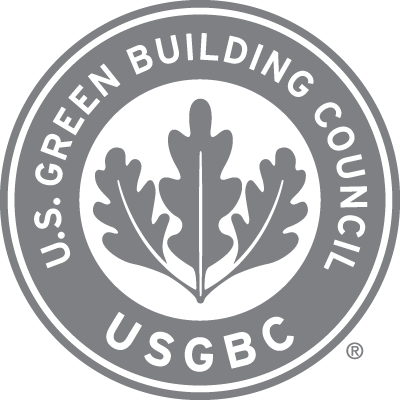
USGBC works with government, member businesses and allied organizations to support policies and programs that advance greener buildings and communities.
They use direct advocacy, strategic partnerships, campaigns and engagement to drive development of standards, programs and regulations that enable a greener, more resilient and prosperous future.
Visit USGBC website
9. Urban Land Institute (ULI)

The mission of the Urban Land Institute is to provide leadership in the responsible use of land and in creating and sustaining thriving communities worldwide. Its members represent the entire spectrum of land use and real estate development disciplines, working in private enterprise and public service. ULI members are the people that plan, develop and redevelop neighborhoods, business districts and communities across the U.S. and around the world.
Visit ULI website
10. CREW Network (Commercial Real Estate Women)

CREW Network is the industry’s premier business networking organization dedicated to advancing the achievements of women in commercial real estate. CREW Network members comprise more than 10,000 professionals globally and represent nearly all disciplines of commercial real estate – every type of expert required to “do the deal.”
Visit CREW Network website
11. National Association of Real Estate Investment Managers (NAREIM)

The National Association of Real Estate Investment Managers (NAREIM) is a national professional association for entities engaged in the provision of real estate investment services. NAREIM’s member organizations represent both domestic and foreign capital, and include real estate advisors, financial institutions, REITs, opportunity funds and private investors.
Visit NAREIM website
12. CoreNet Global

CoreNet Global is a non-profit association representing almost 10,000 corporate real estate (CRE) and workplace professionals, service providers and economic developers with strategic responsibility for the real estate assets of large corporations. The organization’s mission is to advance the practice of corporate real estate through professional development opportunities, publications, research, conferences, designations and networking.
Visit CORENET Global website
13. American Seniors Housing Association

ASHA represents the interests of more than 500 companies involved in the finance, development and operation of the full spectrum of housing and services for seniors – including independent living, assisted living, memory care, and continuing care (or life plan) communities. ASHA primarily focuses on legislative and regulatory advocacy, research, and educational opportunities and networking for senior living executives.
Visit American Seniors Housing Association website
14. AFIRE Association for International Real Estate Investors

AFIRE is an essential forum for real estate investment thought leadership – AFIRE members gather throughout the year to help each other become Better Investors, Better Leaders, and Better Global Citizens through conversations, research, and analysis of real estate capital markets, cross-border issues, policy, economics, technology, and management. Representing the “who’s who” in the global real estate investment industry, AFIRE membership is exclusive to principals and senior executives.
Visit AFIRE website
15. Appraisal Institute
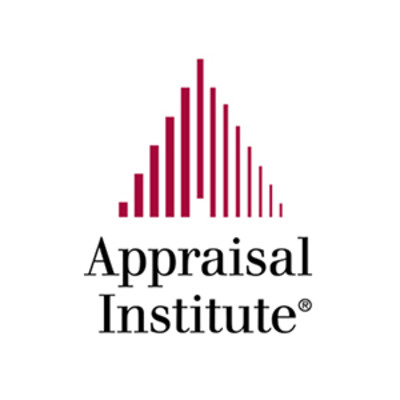
The Appraisal Institute is a global professional association of real estate appraisers, with nearly 18,000 professionals in almost 50 countries throughout the world. Its mission is to advance professionalism and ethics, global standards, methodologies, and practices through the professional development of property economics worldwide. Organized in 1932, the Appraisal Institute advocates equal opportunity and nondiscrimination in the appraisal profession and conducts its activities in accordance with applicable federal, state and local laws. Individuals of the Appraisal Institute benefit from an array of professional education and advocacy programs, and may hold the prestigious MAI, SRPA, SRA, AI-GRS and AI-RRS designations.
Visit Appraisal Institute website
16. CRE Finance Council (CREFC)

The CRE Finance Council is a trade association for the commercial real estate finance industry. Member firms include balance sheet and securitized lenders, loan and bond investors, private equity firms, servicers and rating agencies, among others. Their industry plays a critical role in the financing of office buildings, industrial and warehouse properties, multifamily housing, retail facilities, hotels, and other types of commercial real estate.
Visit CREFC website
17. Institute of Real Estate Management (IREM)

The Institute of Real Estate Management is an international community of real estate managers dedicated to ethical business practices, maximizing the value of investment real estate, and promoting superior management through education and information sharing.
Visit IREM website
18. National Association of Real Estate Investment Trusts (NAREIT)

NAREIT, the National Association of Real Estate Investment Trusts, is the worldwide representative voice for REITs and publicly traded real estate companies with an interest in U.S. real estate and capital markets. NAREIT’s members are REITs and other businesses throughout the world that own, operate, and finance income-producing real estate, as well as those firms and individuals who advise, study, and service those businesses.
Visit REIT website
19. National Council of Real Estate Investment Fiduciaries (NCREIF)

NCREIF is a provider of investment performance indices and transparent data for US commercial properties and a non-partisan collector, validator, aggregator, converter and disseminator of commercial real estate performance and benchmarking information.
Visit NCREIF website
20. Pension Real Estate Association (PREA)

The Pension Real Estate Association is a non-profit trade association for the global institutional real estate investment industry. Their members include public and corporate pension funds, endowments, foundations, Taft-Hartley funds, insurance companies, investment advisory firms, REITs, developers, real estate operating companies and industry service providers.
Visit PREA website
21. Real Estate Roundtable
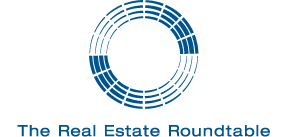
The Real Estate Roundtable brings together leaders of the nation’s top publicly-held and privately-owned real estate ownership, development, lending and management firms with the leaders of major national real estate trade associations to jointly address key national policy issues relating to real estate and the overall economy.
By identifying, analyzing and coordinating policy positions, The Roundtable’s business and trade association leaders seek to ensure a cohesive industry voice is heard by government officials and the public about real estate and its important role in the global economy.
Visit Real Estate Roundtable website









